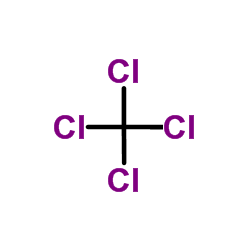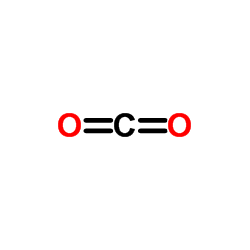This product was successfully added to cart!
品牌商品推荐
更多 >>商品详情
客户评价
| 密度 | 0.9±0.1 g/cm3 |
|---|---|
| 沸点 | 158.6±7.0 °C at 760 mmHg |
| 熔点 | 48-52?°C(lit.) |
| 分子式 | C10H16 |
| 分子量 | 136.234 |
| 闪点 | 36.7±0.0 °C |
| 精确质量 | 136.125198 |
| LogP | 4.37 |
| 外观性状 | 白色蜡质固体 |
| 蒸汽压 | 3.4±0.1 mmHg at 25°C |
| 折射率 | 1.484 |
| 储存条件 |
储存注意事项 储存于阴凉、通风的库房。远离火种、热源。库温不宜超过35℃。包装密封。应与氧化剂分开存放,切忌混储。采用防爆型照明、通风设施。禁止使用易产生火花的机械设备和工具。储区应备有合适的材料收容泄漏物。 |
| 稳定性 |
1.稳定性 稳定 2.禁配物 强氧化剂、酸类、卤代烃、卤素等 3.聚合危害不聚合 |
| 水溶解性 | practically insoluble |
| 分子结构 |
1、摩尔折射率:43.76 2、摩尔体积(cm3/mol):153.0 3、等张比容(90.2K):349.0 4、表面张力(dyne/cm):27.0 5、介电常数(F/m):2.49 6、极化率(10-24cm3):17.34 |
| 计算化学 |
1.疏水参数计算参考值(XlogP):3.3 2.氢键供体数量:0 3.氢键受体数量:0 4.可旋转化学键数量:0 5.互变异构体数量:无 6.拓扑分子极性表面积0 7.重原子数量:10 8.表面电荷:0 9.复杂度:177 10.同位素原子数量:0 11.确定原子立构中心数量:0 12.不确定原子立构中心数量:2 13.确定化学键立构中心数量:0 14.不确定化学键立构中心数量:0 15.共价键单元数量:1 |
| 更多 |
1.性状:无色或微黄结晶,具有樟脑的气味。 2.熔点(℃):51~52 3.沸点(℃):158.5~159.5 4.相对密度(水=1):0.84 5.饱和蒸气压(kPa):5.32(75.7℃) 6.燃烧热(KJ/mol):-6139.6 7.临界压力(MPa):2.75 8.辛醇/水分配系数:4.02 9.闪点(℃):33(CC);42(OC) 10.溶解性:不溶于水,微溶于乙醇,溶于乙醚,混溶于固定油。 |
2.对环境的影响: 侵入途径:吸入、食入、经皮吸收。 二、毒理学资料及环境行为 急性毒性:LD50>5g/kg(大鼠经口);>2.5g/kg(兔经皮) 3.现场应急监测方法: 工业松节油的快速气相色谱分析[刊,英]/R-useva N.//Dokl.Bolg.Akad.Nauk.-1985,38(10.)-1343~1346 用该法分离莰烯、α-蒎烯等。 《分析化学文摘 》1987.10. 4.实验室监测方法: 气相色谱法,参照《分析化学手册》(第四分册,色谱分析),化学工业出版社 5.环境标准: 前苏联(1975)水体中有害物质最高允许浓度 0.2mg/L 6.应急处理处置方法: 一、泄漏应急处理 隔离泄漏污染区,限制出入。切断火源。建议应急处理人员戴自给式呼吸器,穿防静电工作服。不要直接接触泄漏物。小量泄漏:用砂土、干燥石灰或苏打灰混合。大量泄漏:用塑料布、帆布覆盖,减少飞散。使用无火花工具收集回收或运至废物处理场所处置。 二、防护措施 呼吸系统防护:空气中浓度超标时,佩戴自吸过滤式防尘口罩。 三、急救措施 皮肤接触:脱去被污染的衣着,用肥皂水和清水彻底冲洗皮肤。 灭火方法:尽可能将容器从火场移至空旷处。灭火剂:雾状水、二氧化碳、干粉、泡沫、砂土。
|
|
莰烯毒性英文版
|
| 符号 |



GHS02, GHS07, GHS09 |
|---|---|
| 信号词 |
Warning |
| 危害声明 |
H228-H319-H410 |
| 警示性声明 |
P210-P273-P305 + P351 + P338-P501 |
| 个人防护装备 |
Eyeshields;full-face particle respirator type N100 (US);Gloves;respirator cartridge type N100 (US);type P1 (EN143) respirator filter;type P3 (EN 143) respirator cartridges |
| 危害码 (欧洲) |
F |
| 风险声明 (欧洲) |
R10 |
| 安全声明 (欧洲) |
S16-S33 |
| 危险品运输编码 | UN 1325 4.1/PG 2 |
| WGK德国 | 2 |
| RTECS号 | EX1055000 |
| 包装等级 | III |
| 危险类别 | 4.1 |
| 莰烯上游产品? 8 | |
|---|---|
|
|
|
|
|
|
| 莰烯下游产品? 10 | |
|
|
|
|
|
|
|
|
由肉豆蔻油或肉豆蔻衣油(含量可达80%)进行分离制得。
|
Carvacrol and rosemary essential oil manifest cytotoxic, DNA-protective and pro-apoptotic effect having no effect on DNA repair. Neoplasma 61(6) , 690-9, (2014)
For several thousand years natural products were successfully used to treat a?variety of diseases and to maintain health in humans, but until now it is not fully known what causes these medicinal effe…
|
|
|
The EpiOcular Eye Irritation Test (EIT) for hazard identification and labelling of eye irritating chemicals: protocol optimisation for solid materials and the results after extended shipment. Altern. Lab. Anim. 43 , 101-27, (2015)
The 7th Amendment to the EU Cosmetics Directive and the EU REACH Regulation have reinforced the need for in vitro ocular test methods. Validated in vitro ocular toxicity tests that can predict the hum…
|
|
|
Phytochemical analysis and in vitro biological activity of three Hypericum species from the Canary Islands (Hypericum reflexum, Hypericum canariense and Hypericum grandifolium). Fitoterapia 100 , 95-109, (2015)
In the present work we carried out a phytochemical and biological investigation on three Hypericum species, i.e. Hypericum reflexum, Hypericum canariense and Hypericum grandifolium, from the Canary Is…
|
|
|
(+)-Camphene |
|
2-tert-butylpropenal |
|
3,3-dimethyl-2-methylenebutanal |
|
Bicyclo(2.2.1)heptane, 2,2-dimethyl-3-methylene-, (1R,4S)- |
|
(1R,4S)-2,2-Dimethyl-3-methylenebicyclo[2.2.1]heptane |
|
EINECS 201-234-8 |
|
Bicyclo[2.2.1]heptane, 2,2-dimethyl-3-methylene-, (1R,4S)- |
|
Camphene, (1R,4S)-(+)- |
|
Camphene |
|
2-tert-butyl-acrylaldehyde |
|
3,3-dimethyl-2-methylenenorbornane |
|
2,2-dimethyl-3-methylene-norbornane |
|
2,2-dimethyl-3-methylidenebicyclo<2.2.1>heptane |
|
[contact-form-7 id="1574" title="Contact Us"]
|












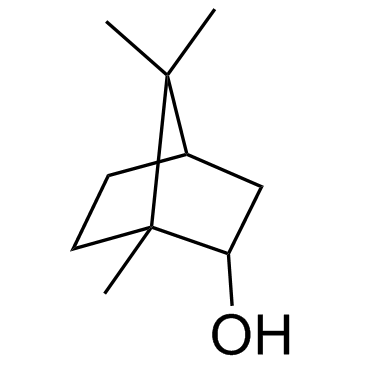
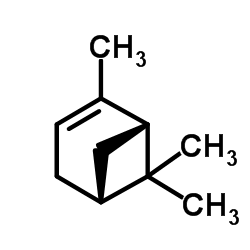



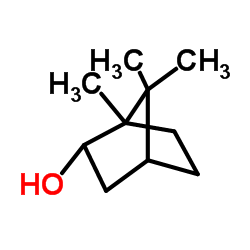
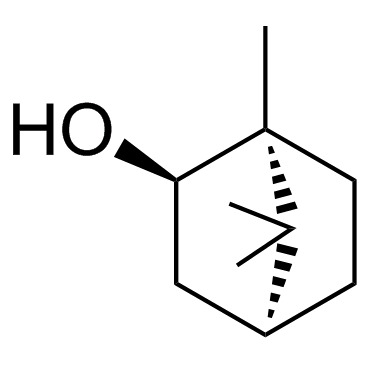
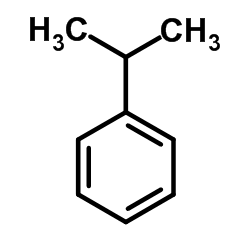
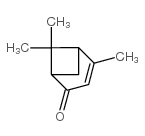
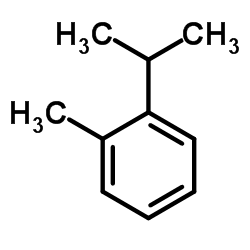
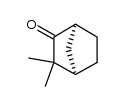
![2-exo-6-exo-5,5,6-trimethylbicyclo[2.2.1]heptan-2-ol结构式](https://www.chemsrc.com/caspic/080/3292-04-4.png)
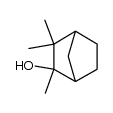
![3,3-dimethyl-2-(nitromethylidene)bicyclo[2.2.1]heptane结构式](https://www.chemsrc.com/caspic/057/20440-73-7.png)
